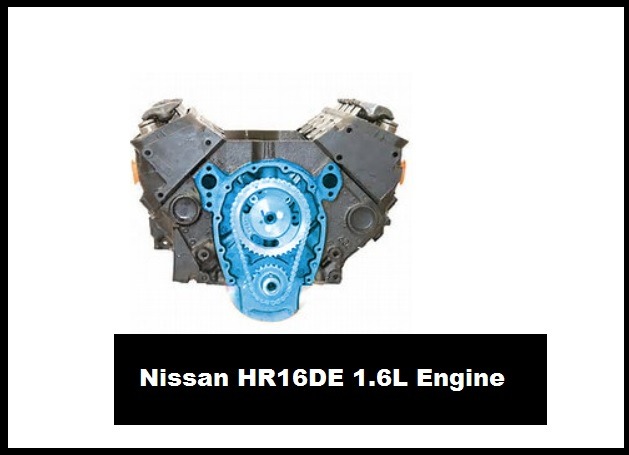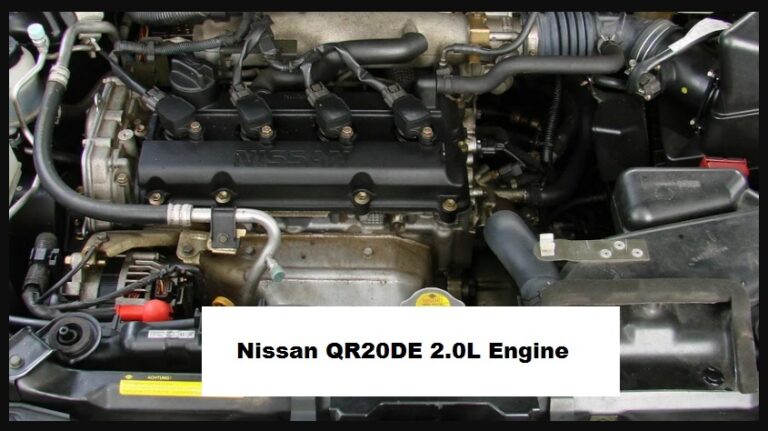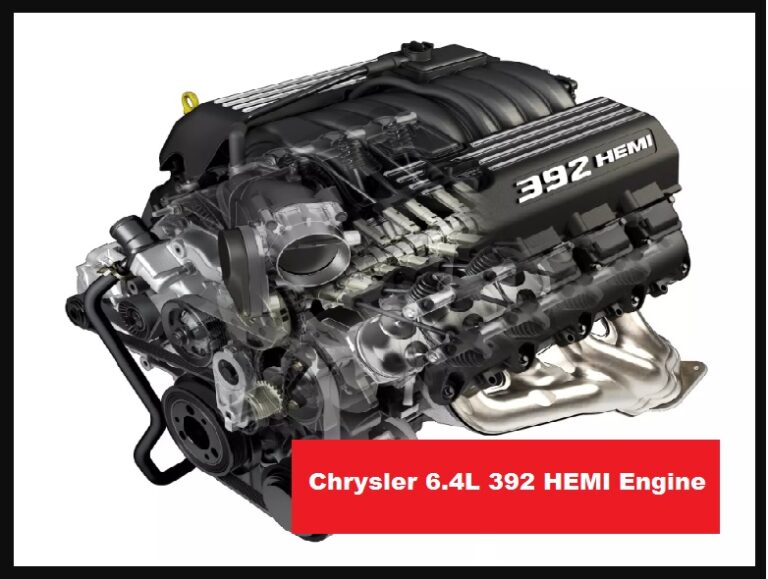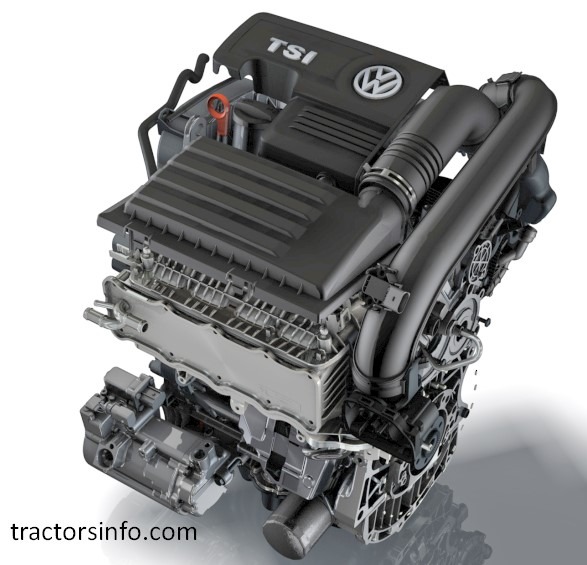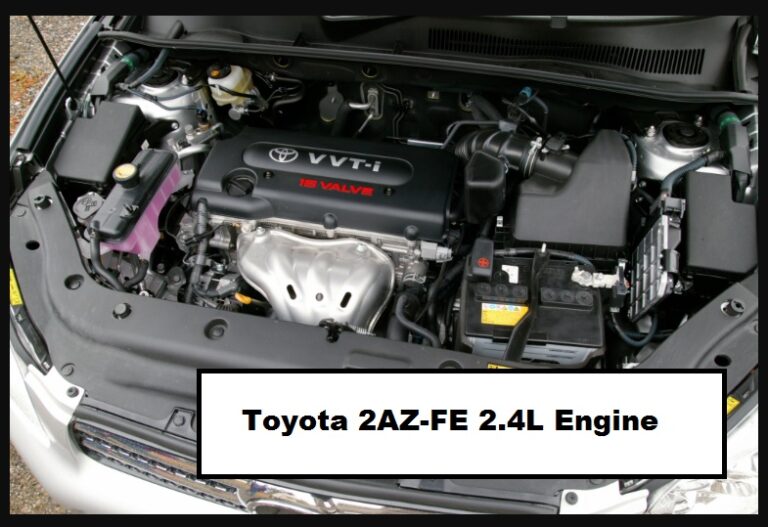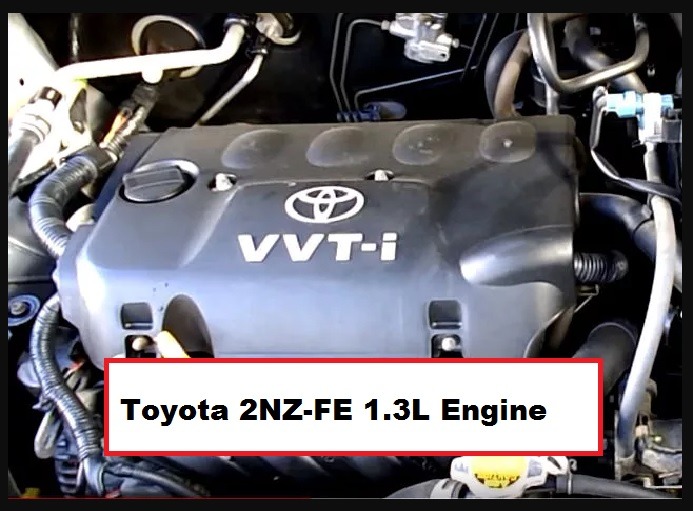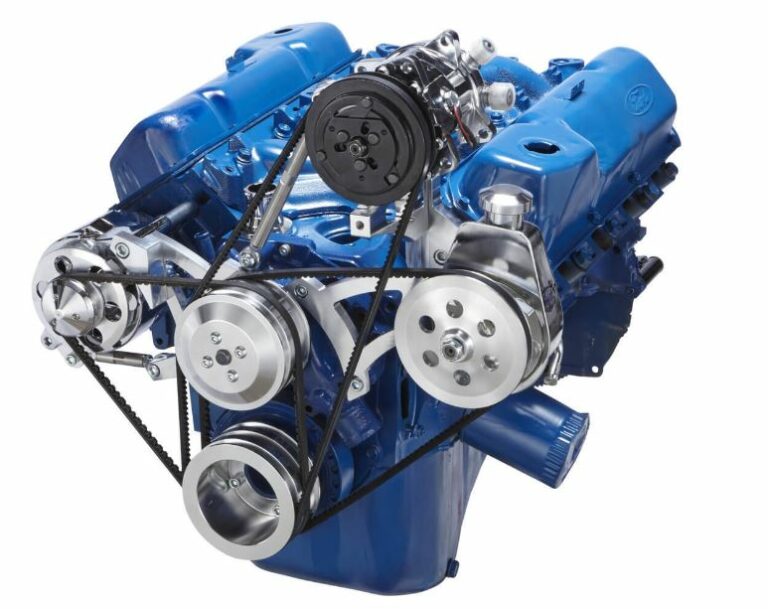Nissan HR16DE 1.6L Engine Specs, Problems & Reliability
Nissan HR16DE 1.6L Engine
Here in this post, I have gathered information about the Nissan HR16DE 1.6L Engine from its official website, including its specifications, Problems, and Reliability.
We believe in providing reliable information to our readers, therefore we prefer to obtain information on the Nissan HR16DE 1.6L Engine from authentic sources.
This article, which has been updated, has all the information you require about the Nissan HR16DE 1.6L Engine.
Renault’s K4M engine evolution led to Nissan’s HR16DE engine. This motor was used in Renault vehicles, albeit under the H4M moniker.
The outdated QG16DE engine was finally replaced with the new one.
The HR16DE is equipped with an electronic throttle, two fuel injectors per cylinder, and a variable valve timing system for the intake camshaft.
Unreliable and overstretched, the timing chain has failed. Every 60,000 miles, the HR16DE needs to have its valve spacing adjusted.
No hydraulic tappets are available. The engine has been upgraded to modern standards as well.
With its improved fuel system and revised camshafts, this engine has achieved the Euro 5 emission level required in Europe.
In a nutshell, the HR16DE is a fairly standard 1.6-litre engine. Additionally, the HR16DE might be thought of as a scaled-down counterpart of the MR20DE.
| Firing order | 1-3-4-2 |
| Engine oil weight | 0W-20, 5W-30 |
| Engine oil capacity, litre | 4.6 |
| Oil change interval, mile | 10,000 |
| Applications | Nissan Note, Nissan Tiida, Nissan Qashqai, Nissan Juke, Nissan Micra, Nissan Wingroad, Nissan Cube, Nissan Bluebird Sylphy, Nissan Latio, Nissan Grand Livina, Nissan Versa, Nissan NV200 |
|
Manufacturer
|
Atsuta Plant, Oppama Plant, Shonan Plant, Nissan Motor Manufacturing UK, Nissan Motor Ibérica S.A., Dongfeng Motor Company |
| Production years | 2006-present day |
| Cylinder block material | Aluminium |
| Cylinder head material | Aluminium |
| Fuel type | Gasoline |
| Fuel system | Electronic fuel injection |
| Configuration | Inline |
| Number of cylinders | 4 |
| Valves per cylinder | 4 |
| Valvetrain layout | DOHC |
| Bore, mm | 78.0 |
| Stroke, mm | 83.6 |
| Displacement, cc | 1598 |
| Type of internal combustion engine | Four-stroke, naturally aspirated |
| Compression Ratio | 9.5 |
| Power, hp | 110-117/6000 |
| Torque, lb-ft | 113/4400 |
Nissan HR16DE 1.6L Engine Problems & Reliability
The engine gave a whine. The alternator belt is making some sort of annoying noise. Strap it down more securely. If a new belt doesn’t work, try tightening the old one.
The car’s engine cuts out. The ignition unit relay is the source of the problem. Nissan formally issued a recall for affected vehicles. When the ignition unit is replaced, the problem is solved. In any case, you could become stranded on the road.
Rumbles from the motor As a rule, that indicates the right engine mount has failed.
Additionally, the HR16DE-H4M engine is notoriously tough to fire up when it’s chilly outside. A spark plug change, followed by a quick start with the throttle wide open, could help the condition. That’s such a noxious quality, it’s unreal.
Nissan HR16DE 1.6L Engine Review
The 1.6L naturally aspirated inline-4 Nissan HR16DE engine has 16 valves and dual overhead camshafts (DOHC).
Since its introduction in 2006, it has been a feature of several Nissan and Renault automobiles, such as the Renault Clio, Captur, and Duster, and the Nissan Note, Versa, Juke, Micra, and Qashqai. For a full review, please check this YouTube video Here.
Nissan HR16DE 1.6L Engine FAQ
Is 1.6 L engine fuel efficient?
The 1.6 is a class of engines that falls between the very small and the very large. Because of this, it is best for shorter trips with more stops than longer ones, and it gets great gas mileage.
What does a 1.6 L engine mean?
If you see a number like “1.6 L,” “1.4 L,” etc., that indicates the total volume of all the cylinders combined (1 litre = 1000 cubic centimetres).
When we talk about a cylinder’s volume capacity, we’re referring to its swept volume, displacement volume, or breathing capacity.
Is a 1.6 L engine a V6?
Modern V6 engines typically range in displacement from 2.5 to 4.0 litres (153 to 244 cubic inches), though larger and smaller examples have been produced as well.
For instance, the 1.8-litre (110-cubic-inch) Mazda V6 used in the 1991–1998 Mazda MX-3 and the 1.6-litre (98-cubic-inch) Mitsubishi V6 used in the 1992–1998 Mirage and Lancer are just two examples of smaller examples.
